EU's Media Freedom Act: potential pitfalls
EMFA takes effect, aiming to boost plurality, transparency, and journalist protection. Broad media definition, conditional source safeguards, media concentration rules, state funding controls, and a powerful new EU media board raise both hopes and concerns.
Last week, the European Media Freedom Act (EMFA) came into force, with broad objectives aimed at strengthening media plurality, increasing transparency, and safeguarding journalists.
Implementing these goals is no simple task, and it remains to be seen whether some provisions will prove effective or, conversely, introduce new challenges for Europe’s media. While the EMFA has not yet been subject to much in-depth debate over the summer, it is set to have a significant impact on the European media landscape through both active and passive measures, particularly those targeting transparency and ownership structures.
Broad definition of what constitutes “media services”
EMFA’s Article 2 defines “media services” in relatively broad terms, applying to both public and private entities that generate news-like content to inform, educate, or entertain the public via online platforms, press publications, or podcasts. A “media service” in this context can be any economic activity aimed at informing, entertaining, or educating the public through programmes, press publications, podcasts, or videos.
While the regulation excludes individual user-generated content uploaded to an online platform from being subject to EMFA, there’s a catch: if the content “constitutes a professional activity” (Chapter 9), for example, an opinion piece by someone working for an entity considered a media service, the connection could be made that even such individual content may fall under EMFA.
Much will be decided at later stages during implementation by Member States, but these ambiguous statements leave uncertainty about how broad the scope of application will be.
In the context, Chapter 15 reads somewhat ironically: “This Regulation does not affect the freedom of expression and information guaranteed to individuals under the Charter.”
Protecting journalists, but small print conditions apply
Protecting journalists from physical, verbal threats and having to disclose their sources is also an important objective of the EMFA. Article 4(3) sets out the rights of media service providers, requiring Member States to protect journalistic sources and confidential communications. They may not compel disclosure of such information, conduct searches or surveillance (including intrusive spyware) to obtain it.
Article 4(4) specifies the circumstances under which Member States may override these protections: only if the action is lawful, respects EU rights, is justified by “public interest”, and is “subject to prior authorisation by a judicial authority”.
The catch lies in Article 4(6), which states that the deployment of spyware should be regularly reviewed, but such reviews can be carried out not only by a judicial authority, but also by “an independent and impartial decision-making authority.” This vague definition leaves significant room for interpretation, meaning the use of surveillance tools ultimately still remains in the hands of Member States’ governments, with few effective safeguards to truly “watch the watchmen.”
Media concentration, competition, and the role of national regulatory authorities
The EMFA also aims to monitor and, where necessary, reduce market concentration to prevent media ownership from being concentrated in the hands of just a few individuals or business entities. This will be pursued through several measures.
First, by tracing the ownership structure of media services, requiring them to disclose ownership information in a public and easily readable format.
Second, by monitoring the market situation within Member States and ensuring that media concentration receives adequate attention from local competition authorities. The catch lies in Chapter 65 which says that that national regulators “should be involved in the assessment of the impact of media market concrentations”, the involvement of them should be “substantive”, for instance, that “their views are taken into account in the competition assessment”. This could become problematic if the role of national regulatory authorities extends beyond providing informed support to competition councils and bodies, which are meant to remain independent.
The goal of monitoring media concentration, and addressing excessive concentration or influence sounds good on paper. However, in practice, currently only a small number of businesses and individuals choose to invest in the European media sector - smaller or bigger. A possible unintended consequence of EMFA is that excessive transparency requirements will discourage investors and supporters from either entering or supporting the media market, making outlets even more reliant on state funding. This could hit smaller, emerging media outlets the hardest, as they often lack the resources to compete with established providers without external support. Alternative scenario: even more quality media services (especially newer, smaller ones without significant public funding) will become paywalled, thus reducing accessibility to quality information for Europeans.
Media pluralism via more state control (and funding)
One of the key objectives publicly promoted for the European Media Freedom Act (EMFA) is to address situations where certain Member States (third countries in particular) exert excessive control over media outlets, undermining their editorial independence, overall freedom, and, in turn, contributing to disinformation and the erosion of democracy.
Questions arise with Article 5(3), which sets out public funding procedures for public service media providers, requiring that they have “adequate, sustainable and predictable financial resources” - a pretty strong statement given that public service media providers have exceptionally good conditions in comparison to their private competitors.
Article 25 goes further, stating that Member States shall seek to ensure that public funds for media services are “allocated for a wide plurality of media service providers represented in the market”. While this sounds good in principle, it risks complicating government operations across the EU and could become more of a symbolic, diversity-oriented exercise than a genuine guarantee of plurality.
Lots of power for the European Board for Media Services
Articles 8–13 of the EMFA outline the structure, powers, and tasks of the European Board for Media Services, a body composed of representatives from national regulatory authorities that replaces the European Regulators Group for Audiovisual Media Services.
While the EMFA repeatedly emphasises the Board’s independence, its work will also be shaped by requests from the European Commission, with certain opinions to be issued “in consultation with the Commission” (Article 13(1)(d)). The least visible (but perhaps most influential) actor, the Secretariat, will be provided and resourced by the Commission itself (Article 11(1)).
The Board’s mandate is extensive, covering areas that many Member States believe should remain within their own competence. Its responsibilities include advising and supporting the Commission on EU media rules, promoting cooperation and the exchange of best practices among national regulators, issuing opinions on regulatory issues, market concentration, and cross-border cases, mediating disputes between regulators, coordinating responses to harmful non-EU media services, facilitating structured dialogues between very large online platforms and media providers, and more.







